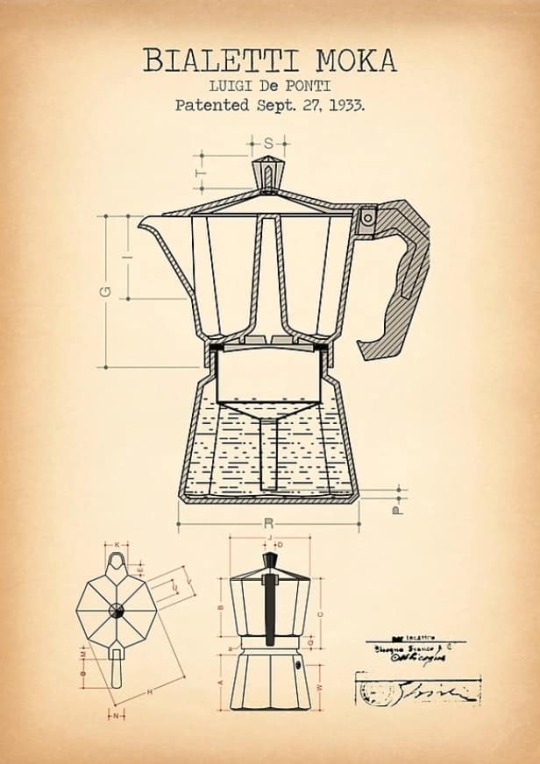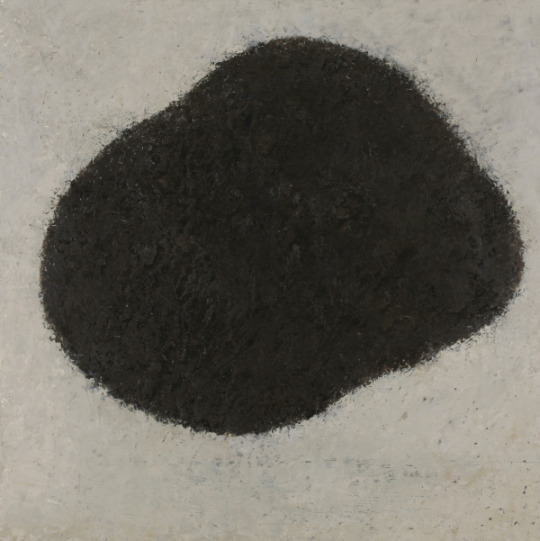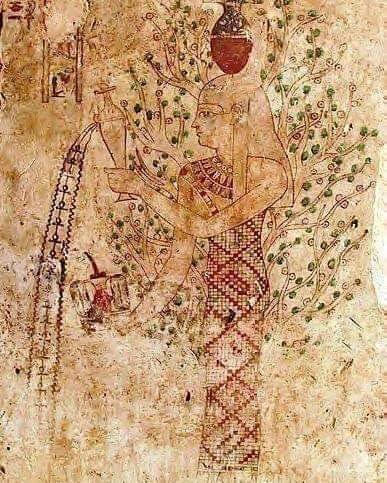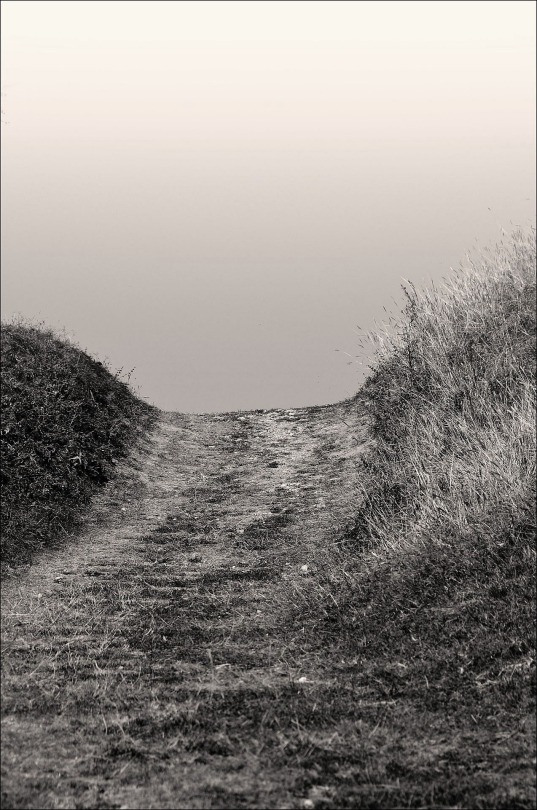Photo

Near Rutland Water, East Midlands, England by Drew Scott
524 notes
·
View notes
Text

The Italian coffee revolution
In 1933, Alfonso Bialetti introduced the Moka Express, transforming the coffee scene in Italy. Why was that so relevant?
1. Innovation in Design. The Moka Express's octagonal shape isn't just iconic – it's smart! Perfect heat distribution for a stellar brewing experience.
2. Everyday Elegance. The sleek Moka pot brings style to your coffee routine. It is not just a brewer but a fashion statement for your kitchen!
3. Symbol of Italian Culture. More than a coffee maker, it is a symbol of Italy's love for craftsmanship, quality, and the sheer joy of a well-brewed cup.
4. Family Business. Founded by Alfonso Bialetti, the company is a family affair. Through generations, they've expanded, maintaining quality in the coffee industry.
5. Global Impact. The Moka Express isn't just an Italian affair; it's a global sensation! Loved worldwide for its accessibility and user-friendly design.

Source: Cook & Eat Like An Italian
216 notes
·
View notes
Text

HIRAMATSU Asa(平松 麻 Japanese, b.1982)
黒雲 Black Cloud 2017 oil paint on plywood 465×465mm via
38 notes
·
View notes
Photo

The Land of the Bigfoots (by danielpivnick)
16K notes
·
View notes
Text

Heikedine Günther — Core No. 305 (oil on canvas, 2019)
445 notes
·
View notes
Photo

Flying Geese by Ohara Shōson (Koson), 1926
508 notes
·
View notes
Photo

Oregon Coast by Michael Foushee
2K notes
·
View notes
Photo

Raoul Hausmann: Objectif-loupe,1931
………………………………………………….
“Nézz szét ezeken a.
Ezt mind én hagytam abba.
Amikor a legkevésbé szerettek volna abbamaradni.” (Petri Gy.: Büszkélkedés)
238 notes
·
View notes
Text

Tomb, Siwa Oasis, 400-600 BC. Egypt Source: unknown.
Several types of trees appeared in Egyptian mythology. The sycamore was particularly important. Two of them, called the "sycamores of turquoise" stood at the eastern gate of heaven from which the sun emerged each morning. These sycamores were especially associated with the goddesses Nut, Hathor and Isis, each of whom were called "Lady of the Sycamore". Nut and Hathor were often shown to reach out from the tree to offer the deceased food and water. Sometimes the tree was anthropomorphized, having arms itself which offer the sustenance to the dead. In the example shown at right, the deceased is suckled by such a tree.
49 notes
·
View notes







